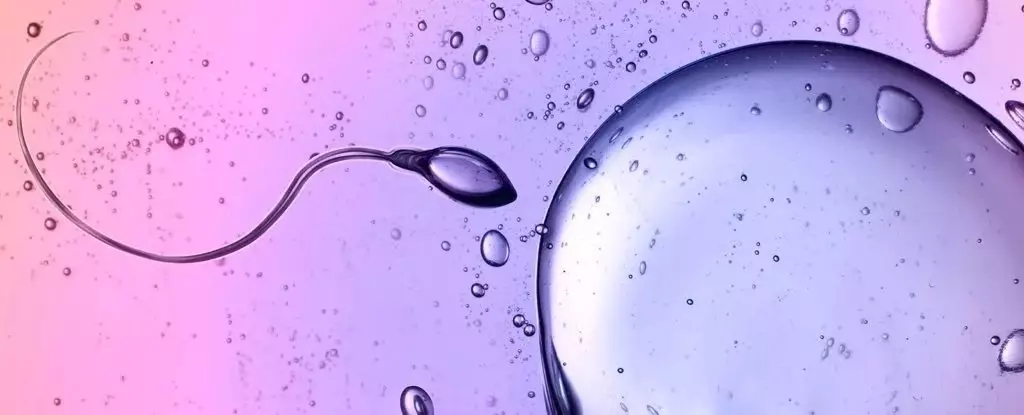In an era where science incessantly probes the minute intricacies of life, recent research has shed light on an extraordinary phenomenon: human sperm’s ability to navigate through viscous fluids defies the classical laws of physics which govern macroscopic entities. The study, led by Kenta Ishimoto from Kyoto University, delves into the peculiar motions of microscopic swimmers, igniting a discussion about the limits of Newtonian physics when confronted with the bizarre behaviors of biological systems.
For centuries, Newton’s laws—particularly the third law stating “for every action, there is an equal and opposite reaction”—have anchored our understanding of motion in a predictable framework. This doctrine paints a symmetrical portrait of interactions, a canvas that seems to unravel when faced with microscopic movements such as those of spermatozoa. Sperm, along with other minute creatures, manifest behaviors that leap beyond the constraints of this law, prompting the question: do we need to rethink our fundamental understanding of motion in biological contexts?
Understanding the Chaos of Nature
The chaotic realm of natural systems shatters the simple paradigms established by Newton over three hundred years ago. When dissecting the intricate dance performed by sperm in thick biological fluids, one begins to understand the complex interactions at play—non-reciprocal interactions to be precise. In this striking divergence from classic physics, the study illustrates how ornery systems, such as schools of fish or flocks of birds, showcase movement patterns that disrupt Newton’s idyllic symmetry.
In other words, sperm aren’t submissively conforming to the laws of motion; they are improvising, adapting their movements based on forces that do not reciprocate in kind. Within this context, sperm are not just reactive entities; they are agents of change, crafting their own fluid dynamics in a world that would otherwise bind them.
Elastic Revolution: A Game-Changer
At the core of Ishimoto’s research lies the fascinating discovery of “odd elasticity” in both sperm tails and flagella of algae. Typically, one might assume that the thicker the fluid, the more thrust is lost in the motion—a perspective that seemingly cripples the chances of survival for organisms like sperm and Chlamydomonas algae. But these biological marvels exhibit a unique capacity for propulsion that circumvents traditional expectations. Their flagella dynamically deform, capturing energy in a way that manifests defiance against the perception of resistance.
For the untrained eye, such flexibility and energy retention may appear miraculous, even bordering on the supernatural, but they are, in fact, manifestations of evolved biological mechanics. This ‘odd elasticity’ allows these microorganisms to flourish amid viscous environments, challenging the very fabric of our understanding of motion.
Rethinking Robotics and Collective Behavior
The implications of this research extend far beyond microscopic organisms. The insights derived from Ishimoto’s study offer tantalizing possibilities for architects of autonomous robotics, inspiring designs that emulate these living systems. Imagine robots that manipulate viscous environments with the same grace and efficiency as sperm or algae—this isn’t mere science fiction; it’s beckoning reality.
Moreover, the modeling methodologies developed here could serve as a basis for greater comprehension of collective behavior in a variety of contexts, revealing insights that might one day lead to systems capable of synchronized movement akin to that of flocks or schools. However, such capabilities will necessitate a profound shift in how we perceive interaction in complex systems, redirecting our gaze away from simplified Newtonian reactions to a more nuanced understanding of asymmetrical influences.
While the study of sperm and algae may seem an esoteric avenue of inquiry, the revelations contained within it have the potential to reshape perspectives about motion, biology, and perhaps even robotics. There is something deeply ironic—and thrilling—about utilizing ancient laws of physics to illuminate modern biological enigmas. As we critically examine the boundaries of our scientific assumptions, we open ourselves to a richer tapestry of understanding, one woven with the threads of the astonishing capabilities that life exhibits in its myriad forms.

